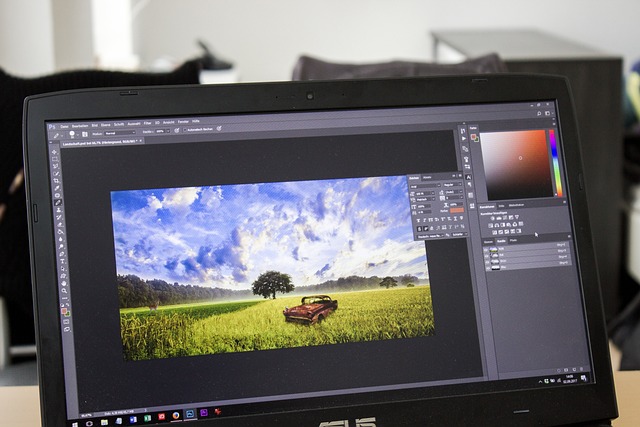In the age of digitalization, where every pixel counts, the importance of enhancing resolution in image editing cannot be understated. The advancement of TV display technology plays a crucial role in how we visualize images, making it essential to understand its impact on our editing techniques. Gone are the days when we relied solely on standard definition monitors; today, high-definition and ultra-high-definition displays are the norm.
When it comes to image editing, the clarity and vibrancy of colors displayed on a monitor can make all the difference. A high-resolution television or monitor reveals intricate details that might go unnoticed on a lower resolution screen. Image editing professionals and enthusiasts alike are beginning to embrace these advancements. The tools available today enable artists to create, manipulate, and perfect their work more effectively, but the quality of the display can often be the deciding factor in the success of an image.
For example, when editing a photo, color accuracy is paramount. A 4K display shows a wider color gamut, allowing editors to work with true-to-life hues, ensuring that the final output is vibrant and faithful to the original scene. This enhancement not only aids in achieving a polished look but also helps in making critical editing decisions—like adjusting shadows and highlights—without the fear of rendering inaccuracies that can happen on lesser displays.
Moreover, the visualization aspect is magnified with advanced display technology. Image editing requires a keen eye for detail, and features like HDR (High Dynamic Range) can enhance the viewing experience, giving editors a better perspective of how their images will appear across various devices. This is integral in an era where digital media is consumed across multiple formats, from smartphones to large screens that decorate our living rooms.
As the technology evolves, the integration of advanced monitors equipped with cutting-edge display technology has become more accessible. This means more aspiring image editors can invest in quality visual tools without breaking the bank, making high-resolution editing achievable for all. Additionally, features such as 4K resolution allow users to enjoy a level of detail that enhances not just their editing process but also the enjoyment of the finalized work.
Furthermore, the advancements in display technology continually push the boundaries of what’s possible in image editing. Editors are increasingly incorporating techniques that leverage the capabilities of modern displays. For instance, with multi-monitor setups, image editing workflows have become more efficient. By spreading out work across several high-resolution screens, one can manage tasks better, compare edits seamlessly, and maintain a clear view of the artistic vision throughout the workflow.
Ultimately, the impact of TV display technology on image editing techniques cannot be overstated. The ability to view and edit images in higher resolutions enhances not just the technical aspects of editing but the emotional connection one has with their creative work. As technology continues to progress, the world of image editing will only become more vibrant, detailed, and intricate, bridging the gap between vision and reality. This transformation puts a spotlight on the importance of adopting the best tools available, allowing both amateurs and professionals to explore their creativity in ways previously thought unimaginable.




